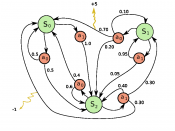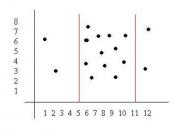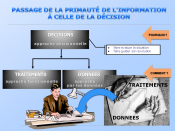Decision Making Tools and TechniquesDecision-making is one of the most complicated and essential responsibilities of an executive. Making important decisions not only influences the success of the executive but of the entire corporation. Quite a few decision-making techniques have been developed to assist individuals and corporations make the most competent decisions achievable. For this document Professor Hossein Arsham's (2006), Tools for decision analysis: analysis of risky decisions is to be discussed. He makes use of a systematic approach to make valuable and noteworthy decisions.
Dr. Arsham's hypothesis intimates that assessments are made by approximating the effectiveness and possibility, the assortment of alternatives, and organizing tactics for excellent decisions. A six-step system can be used to make the most out of a decision. The six steps include recognizing the decision circumstance and consider the objectives, recognizing choices, decomposing and modeling the problem, preferring the greatest substitute, performing an understanding investigation, and put into practice the selected alternative.
Once the maker of the decision has accomplished the understanding investigation, he or she must establish whether further investigation is required. If more investigation is needed, then steps one through three may recur before progressing to the ultimate step: executing the selected option.
The initial step to making a profitable resolution is identifying the decision circumstance and consider the objectives. Each decision requires a purpose. The decision maker is supposed to ask, what is precisely the dilemma to be resolved? In addition, why should the problem be resolved? By laying down apparent objectives, it is much easier to produce a decision model that will be compatible to implementing the established objectives. Since people can best comprehend, contrast, and influence facts, producing a model organization and conveying prospects and principles will pervade the model for calculation.
The subsequent step is to recognize different solutions. It...



Decision Making Tools and Techniques
This is a good paper and fits what UOP is looking for in a paper. Good examples and good citations throughout the paper. Paper is easy to read and understand.
0 out of 0 people found this comment useful.